
An ancient Scottish mountain myth has been spectacularly debunked with the discovery of papers that shed light on a Century-long conspiracy.
'I have never heard references to a hoax on this scale. It has been kept up for more than 120 years'
According to local legend the wild expanses of Ben Macdui are haunted by the giant spectral figure of Am Fear Liath Mor, the Big Grey Man. Scotland's answer to the Yeti may have met with its fair share of scepticism over the decades, yet the accounts of reliable witnesses have also lent the story a hint of plausibility. Documented encounters with this sinister presence date back to at least the Nineteenth Century. In 1891 the respected Victorian mountaineer Professor Norman Collie fled the summit in the mist, pursued by something unseen:
'For every few steps I took, I head a crunch, and then another crunch as if someone were walking after me but taking steps three or four times the length of my own' he later wrote. '...I was seized with terror and took to my heels, staggering blindly among the boulders for four or five miles.'
Similar accounts persist to the present day, and anyone who's ever felt spooked on Scotland's second highest summit might agree that there's something to it. Now a researcher has proved the witnesses correct – after a fashion. There really is a Big Grey Man; but far from being supernatural he is in fact a hoax - one that's been played on the hill-going public for generations. Notes detailing the birth of the deception were found in a recently discovered archive dating from the early years of the last century. And we can now exclusively reveal that the conspiracy has been maintained ever since.
'At first I couldn't believe what I was reading'
'At first I couldn't believe what I was reading,' recalls Alex Roddie, an author of historical mountain fiction, who unearthed the documents while researching a recent novel.
'I found the references while chasing up some correspondence between Geoffrey Winthrop Young and George Mallory.'
'It was common for climbers of the era to invent games to amuse themselves after a day on the hill, but I have never heard references to a hoax on this scale. It has been kept up for more than 120 years. Let it never be said that the Victorians were without a sense of fun!'
First to be fooled was Collie himself, as a letter from the archive reveals.
'Collie was perhaps the most respected British mountaineer of the period, but was also a teacher and mentor for less experienced climbers,' explains Roddie. 'Perhaps it's only to be expected that he would be the subject of a practical joke. A group of youngsters with more than a passing interest in the occult came up with the idea. They knew the old legend of the haunting, and decided to have some fun with it.'
'It was the simplest thing in the world to pull off,' says Roddie. 'Conveniently Am Fear Liath Mor has never been seen in broad daylight, so in mist or under cover of darkness they could easily dog the steps of unsuspecting hill-goers, making vaguely threatening footsteps without ever having to reveal themselves.'
'Sadly the original Grey Man pranksters perished in the Great War, and their secret was lost with them.'
Or so Roddie may have thought. Yet accounts of Grey Man encounters persist to the present day. So what's been going on? UKHillwalking tried some journalism, and our investigation suggests a shocking possibility; that others were party to the original deception. What started as good natured high jinx among a group of friends soon took a more sinister turn when workers on the local estate saw in it a means to deter the public from wandering their hill. Generations of gamekeepers have since kept the act alive.
When UKHillwalking raised these allegations with a current member of staff the results were startling.
'Now the cat's out of the bag we'll have to come clean' said the shifty-eyed source, who cannot be named.
'The secret has been kept on the estate for generations, and nobody outside ever had a scooby. My Grandfather passed it to my Father, and then it came down to me. Whenever the hill seemed to be getting too busy the Big Grey Man was wheeled out to scare the breeches off a poor unsuspecting walker or two. But over the years we've resorted to him less and less. What's really done for him now is the Land Reform (Scotland) Act - the freedom to roam and the crowds it brings. We'd have to be at it every day of the year and there just isn't the time for a shaggy dog story like that. A ghost can't fight progress, and it takes more than a few mysterious footsteps to spook the video nasty generation in any case.'
'But we'd have gotten away with it, if it wasn't for you meddling kids.'



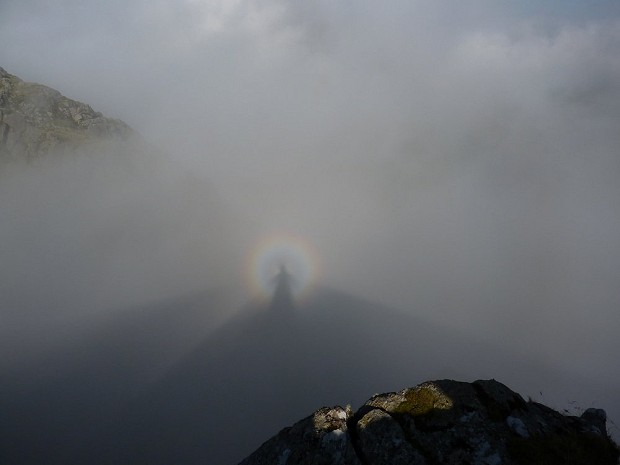


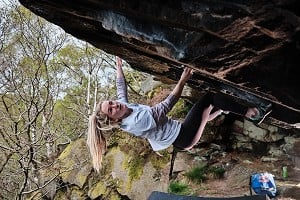
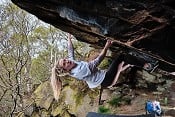
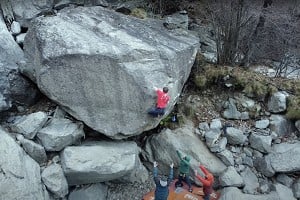
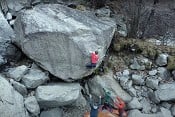
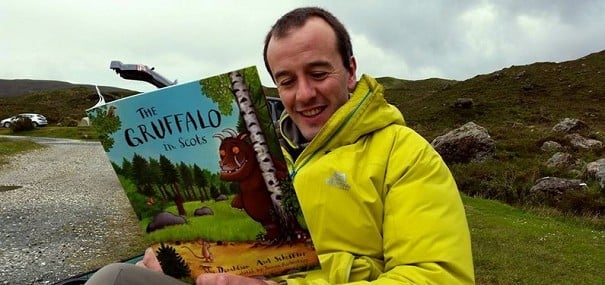




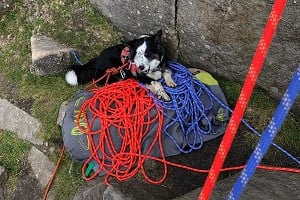
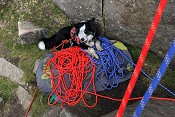


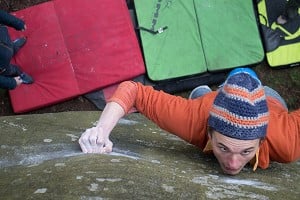
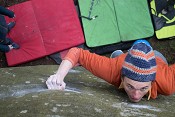






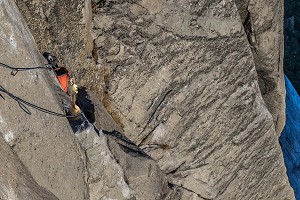
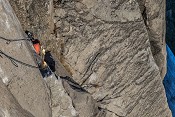










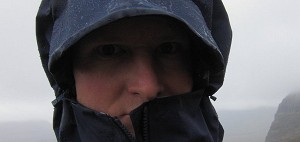

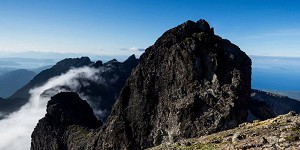

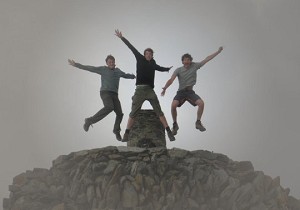
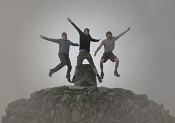
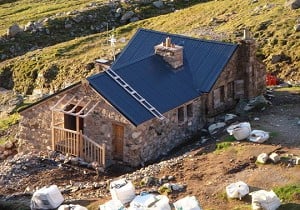
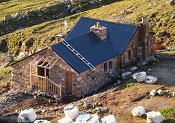
Comments